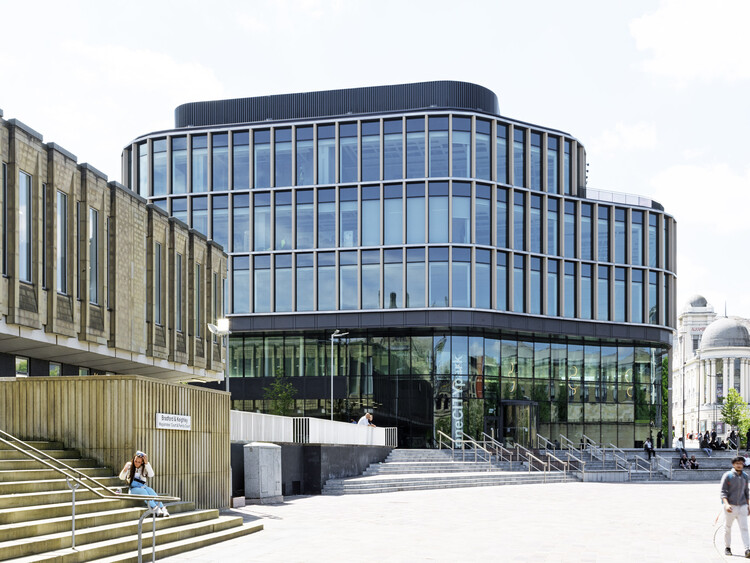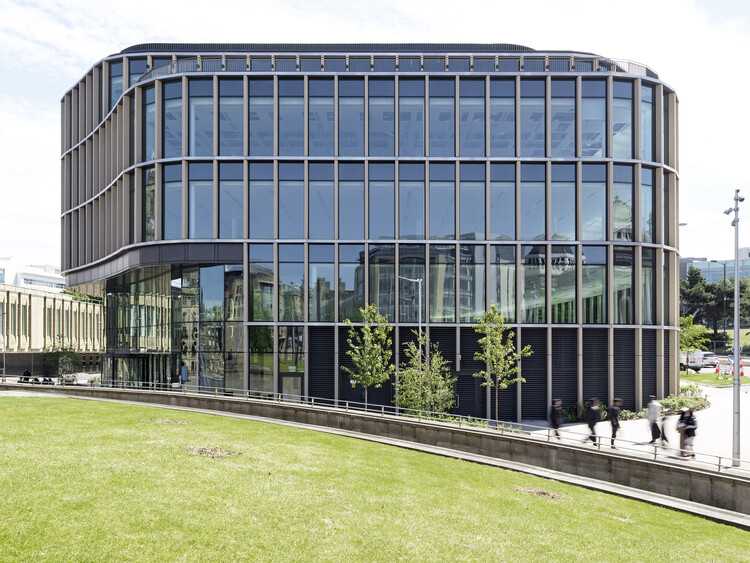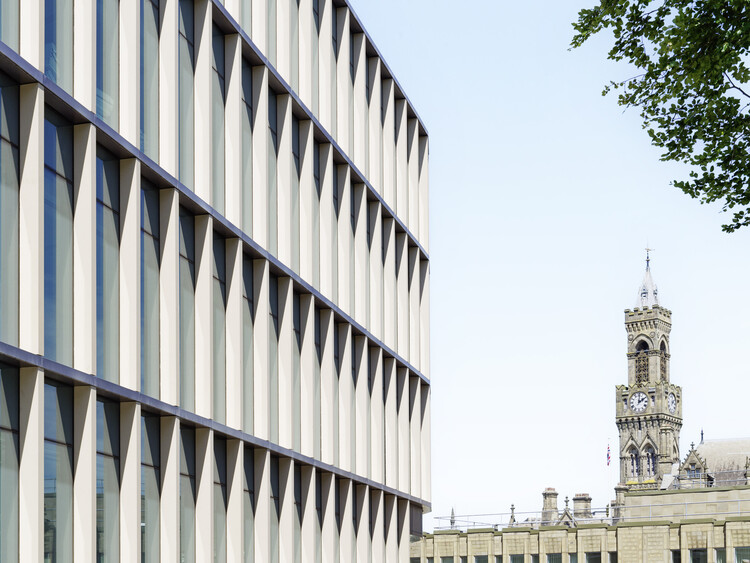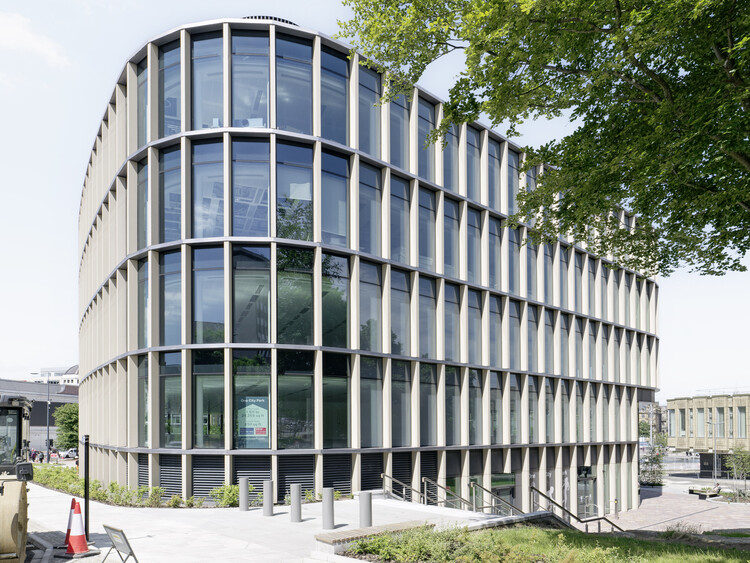
Contemporary architecture evolves in conjunction with the materials and construction techniques available in each region. In addition to current architectural trends or historical ideas that can inspire creativity, understanding how materials are used, cared for and maintained, as well as their technical and aesthetic properties, is crucial to the concepts devised by many architects. Each material carries its own inherent logic. In fact, architect Louis Kahn suggested that the way materials interact can lead to inevitable combinations of structure, walls and assembly in buildings. Rieder products exemplify this, offering modular and flexible solutions that help buildings adapt seamlessly to urban environments, improving indoor and outdoor spaces while maintaining value for money.
At Sheppard Robson Architects, they emphasize that sustainability and human needs were key considerations in the design of One City Park in Bradford, England. This project features a facade made up of 1,700 Rieder fiberglass-reinforced concrete elements. Covering more than 5,000 square meters, One City Park includes transport links, bicycle facilities with showers and offices, as well as social spaces, rooftop terraces and other amenities tailored to users’ needs. By raising Bradford’s profile, the project creates a welcoming space for everyone, from startups and large organizations to retailers and leisure providers.

This raises questions about how the materiality of a project connects with the surrounding environment. How can prefabricated or modular components be integrated into building envelopes with complex shapes? The calming design and materials of One City Park’s glass and concrete facade allow it to blend seamlessly into its surroundings, visually connecting the structure to its site through 3D elements that also serve functional purposes.

To maximize natural light inside the building, the architects chose high-performance glass and designed concrete elements that function as structural sunshades, protecting against temperature fluctuations and minimizing unwanted solar gain in summer. Furthermore, the facade’s moisture-resistant materials and low dirt attraction reduce maintenance, extending its useful life. As the elements were prefabricated, their installation on site was more efficient, precise and manageable, with the lightweight components and large spans reducing the need for extensive substructures.
As a BREEAM-certified project, Rieder’s three-dimensional facade elements not only demonstrate significant aesthetic flexibility, but also meet technical requirements such as low weight and high environmental and health standards. Additionally, photovoltaic panels on the roof provide electricity to the office complex, while overhead heat pumps provide heating, promoting resource conservation. The search for sustainable construction, aligned with the implementation of renewable energy and the reduction of the carbon footprint, opens up a wide range of opportunities. This, combined with research, benchmarks and statistics, leads to studies and analyzes that support the design of dynamic and versatile facades and envelopes.

In the design of building envelopes, the integration of digital technologies, transport systems and fixing or joining methods influences the installation of systems that provide solutions according to geographical characteristics, climatic factors such as solar exposure and wind intensity, economic advantages and much more. more. Rieder’s pieces allow the creation of complex three-dimensional shapes with rounded corners and sharp edges, which are lightweight and easy to install. With a variety of geometries, dimensions, colors, surfaces and textures available, there are countless ideal facade solutions yet to be explored.

To explore additional application examples and other products, visit the Rieder materials catalog.
#Alignment #concrete #curves #curvilinear #facades #trick